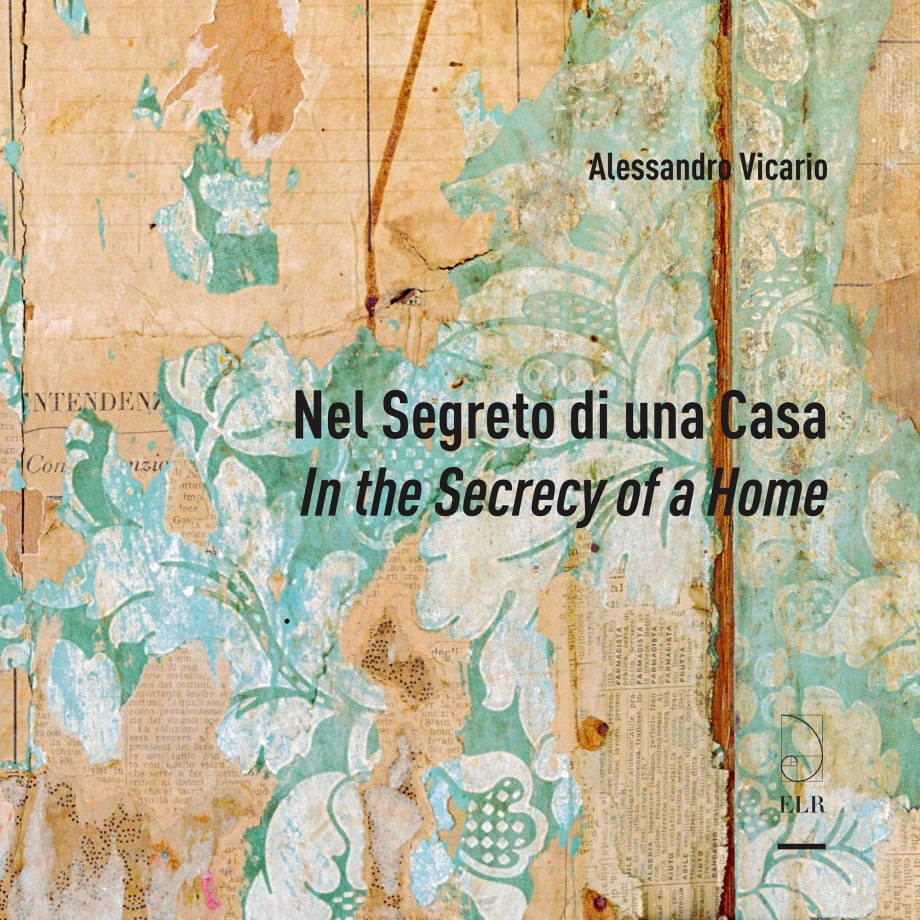Every house - argues Mario Praz - is a 'museum of the soul', an 'archive of experiences', and not just a living space. But how to photograph a house full of layered memories? How to bring to light the history contained in the things, in the objects, in the traces left in a now deserted home?
Nel segreto di una casa (In the Secrecy of a Home, 2024) is Alessandro Vicario's latest work, which concludes the trilogy of Frammenti domestici (Domestic Fragments, 2004-2024) by bringing the author face to face with places unknown to him.
Previously, he had measured himself against the house of his paternal grandmother (Frammenti domestici tra memoria e oblio | Domestic Fragments Between Memory and Oblivion, 1999-2001) and then against the house of the great writer Lalla Romano (Paesaggi d'assenza. Sulle tracce di Lalla Romano | Landscapes of Absence. In the Footsteps of Lalla Romano, 2004), which he used to visit.
Once he had overcome the initial disorientation caused by the strangeness of the places, the writer began to get used to these spaces, which for him had no emotional ties. He grasped the universal dimension of these traces of lived life and, without indulging in superficial sentimentalism, began to photograph details of the environment and furnishings at life-size (1:1). Sometimes the subjects are unrecognisable, sometimes they are, but it is precisely this apparent coldness of the photographic reproduction that makes the signs of these distant lives universal, transfiguring them.
As Gigliola Foschi writes in the critical text: "Alessandro Vicario captures the objects of the house in a frontal, intimate and yet objective way, he creates a sense of mystery. Being isolated from their context, the elements which he photographs are removed from the continuum of reality into a suspended, anachronistic time. Here the past reappears in a whisper, as a series of fragments of traces that the viewer is invited to reassemble like pieces of a jigsaw puzzle. With their concise accuracy, the author's images, rather than 'closing' with a banal description, paradoxically invite us to imagine more, to transform these signs into universal memories. Everything appears clear and obvious before our eyes, but at the same time these visual fragments become imprints of intimacy hinting at stories of a real life, whose humanity we recover.
The book is available at the Hoepli bookshop in Milan and online.
Format: 23 x 23 cm
Pages: 60
Reproductions: 18
Binding: Paperback with flaps

